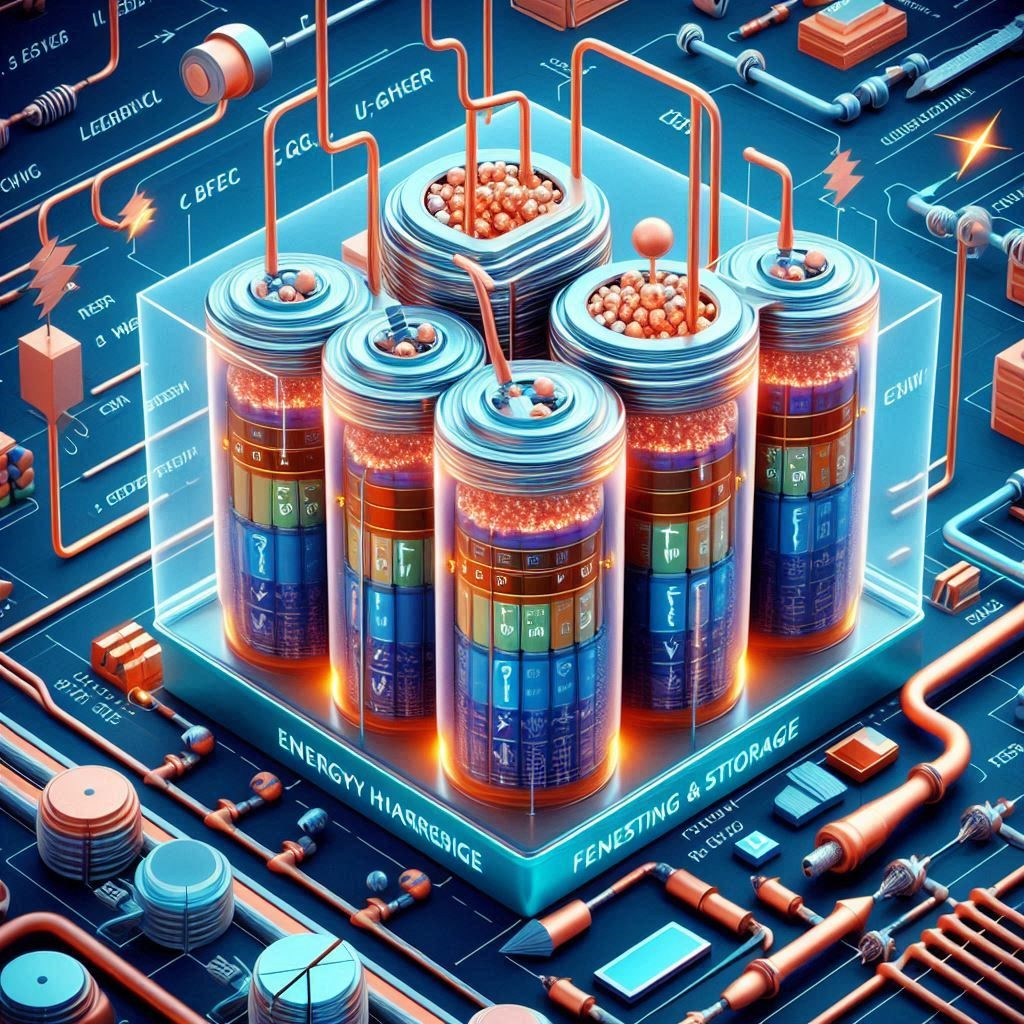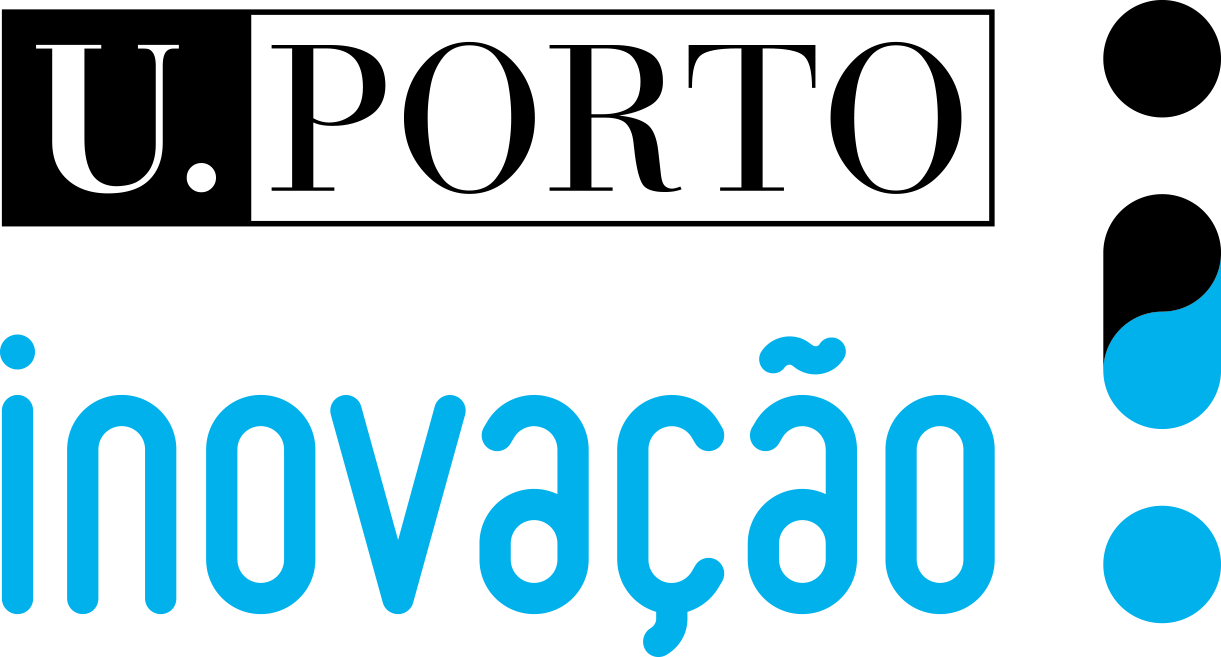
The present invention discloses a device that consists of a kinetic energy harvest and electrical energy storage feedback cell. The cell combines a 2-dimensional superconductor whose performance is induced by a ferroelectric-metal with a quantum Hall Effect placed within two conductor/semiconductor materials with different chemical potentials. In this invention, the alignment of the chemical potentials of material/ferroelectric/material happens by spontaneously forming Electrical Double Layer Capacitors (EDLCs).
The feedback (which corresponds to external and internal conduction and tunnelling of the electrons in the cell) allows the electrical potential difference to increase during discharge of the cell with a load. The feedback cell harvests kinetic energy and heat. Besides it stores electrostatic and electrochemical energy whose supercurrent can be induced during several years in the feedback, at room temperature.
Energy harvesting refers to the process of capturing and converting energy from the environment into usable electrical energy. The main types of energy harvesting technologies are based on capturing mechanical, thermal, light and electromagnetic energy. Amongst the most well-known devices for this purpose are Thermoelectric Generators (TEGs), Piezoelectric and Pyroelectric Devices.
Despite the current progress, energy harvesting technologies face several callenges, particularly the efficiency of conversion. Furthermore, the field of self-rechargeable batteries is still in its dawn.
This invention builds upon the state of the art by integrating ferroelectric materials with superconducting and thermoelectric properties. This combination leverages the unique qualities of each material class to create a device capable of efficient energy conversion, storage, and potentially even new electronic aplications at room temperature, which has been a significant challenge in the field.
The technology also exploits 2-dimensional superconductivity and negative capacitance effects to enhance device performance, particularly in power generation, cooling and quantum computing applications. Its main benefit is the ability to self-recharge whilst being on a load, making the cell last much longer without charging.
This invention presents several applications, in transistors, computers, photovoltaic (PV) cells or PV panel, wind turbines, electric vehicles, ships, satellites, airplanes, remote circuits, buildings, smart grid, electric power transmission, transformers, power storage devices, electric motors and as a part of other several components or products.






